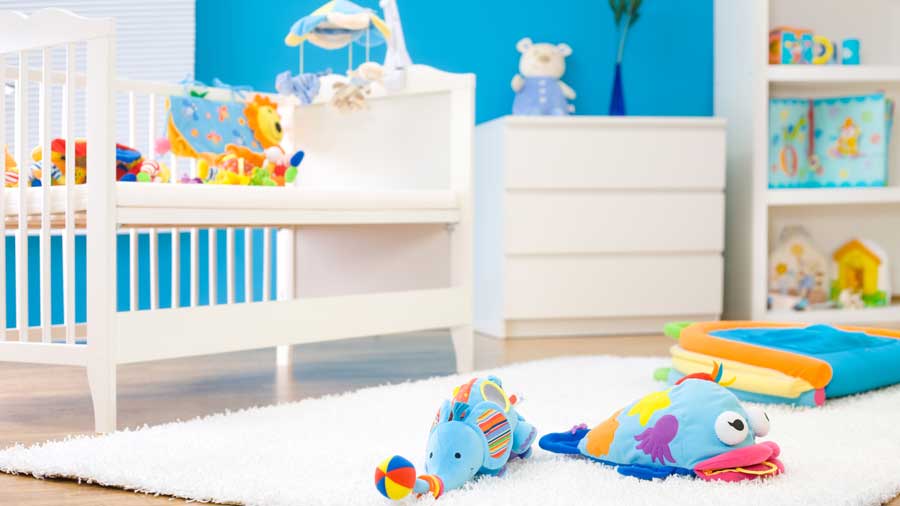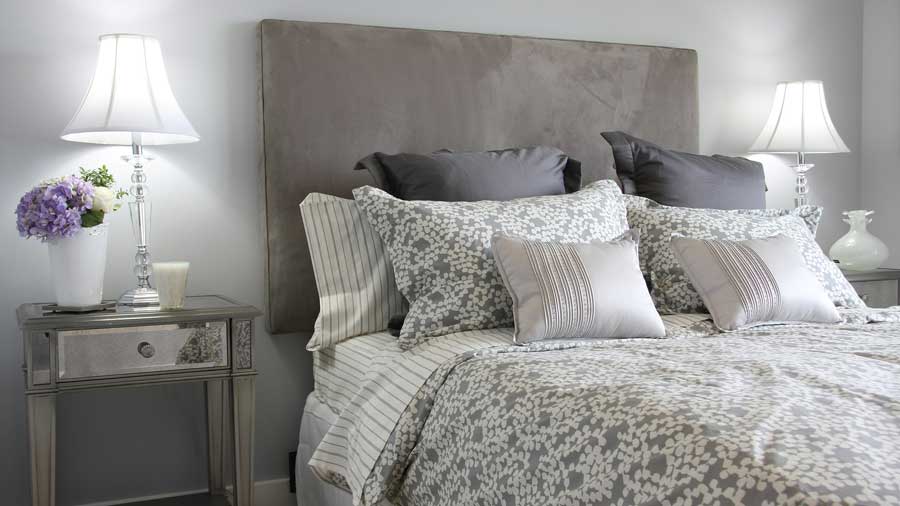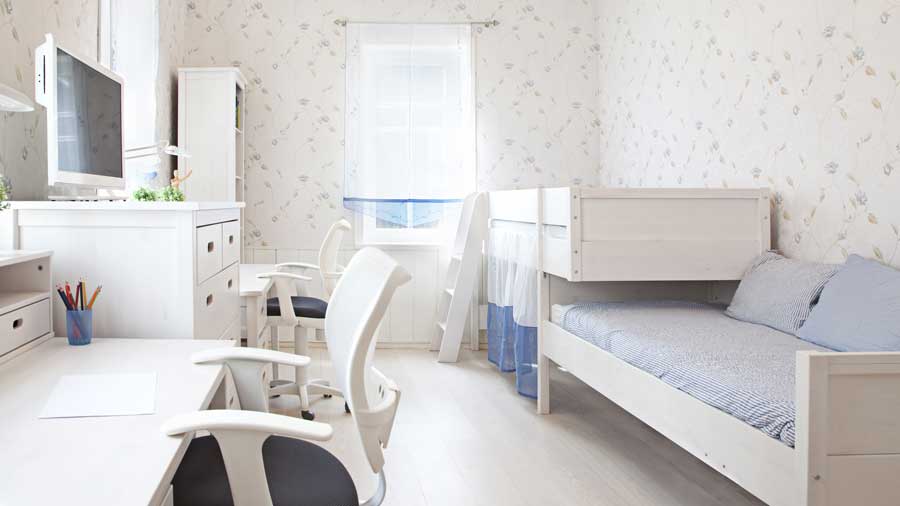Colors. There are an infinite number of them. They say a lot about who we are. In a way, they are a reflection our personality. But what do the colors actually mean? Researchers across the globe have studied the general spectrum (ROYGBIV) for nearly a decade, and have found common attributes for each:
- Red – Goal-oriented, determined, powerful,
- Orange – Happy, energetic
- Yellow – Persuasive, outgoing
- Green – Caring and helpful
- Blue – Analytical, cautious
- Indigo – Intuitive, perceptive
- Violet – Comforting and dignified
With this knowledge, take a stroll around your home and observe. Visit your closet and look at your cloths. Do any colors continue to pop out at you? How do those colors match up to your personality?

Nurseries and kids rooms are typically bold. But don’t limit the palette to just this space.
Colors can alter our mood. And, when designing an interior, we should strive to create an overall tone for the space. For example, blues and greens make us feel calm, therefore, a blue and green palette for the bedroom works perfectly! Reds, yellows, and oranges would be better used in a place where entertainment is key – signifying energy and liveliness.

Bedrooms should be clean and subdued, evoking a sense of calm and serenity
Furthermore, remember that calming colors tend to recede into space, whereas energetic colors tend to pop – so diligently balance the two, and add a splash of neutral here and there. You do not want a room to be overwhelming!
Perception is everything, and colors can alter how we shape our reality. When decorating a small space, designers will often paint walls a lighter pastel or white. Consider matching this color with furniture, as the two will blend together and make the space appear larger.
Even more, colors make rooms feel finished. They tie all of the elements together into one cohesive experience. By choosing shades that work well together throughout the entire room design, you create consistency – and consistency, rationality, and symmetry is what we humans appreciate.
Design a room by matching a throw pillow or painting, then slowly build a palette of like colors and incorporate them into the space bit-by-bit. And, Remember, white is great for rooms that suffer from lack of light – don’t be afraid to go white for the walls and make the rest of the room pop with bright, bold colors (red, yellow, pink).

For smaller spaces, going all white with minimal pops of color is perfect – everything seems bigger!
Colors are either loved…or hated – with very little in between. So before you sell your home, think about what color you’d like to paint your space(s), and keep in mind what a potential buyer might think of you (the owner). Does this influence their decisions to buy? We think so.










